AO Edited
Zabytkowa Dzwonnica (Cloud Demon Repelling Tower)
This tower in a small Polish village uses the power of a sacred bell to ward off mischievous weather spirits.
The storytelling tradition of southern Poland has a way of mashing Christian, mythic, folkloric and pagan beliefs. Add in some unpredictable weather patterns and a contest between God and the Devil, and a most captivating legend can be found in a bell tower standing in a field in the tiny village of Koniówka.
The village is in the southern Polish highlands known as the “Podhale,” and at the bend in the main road there is a wooden tower with an altar and shrine inside. At the top is a sacred bell that is rung to ward off sinister Płanetnicy: the spirits of the Cloud Demons.
The legend is Slavic in origin, and tells of a time that God and the Devil were having a little rock-throwing contest. When God threw his rocks, three times in a row he produced angels when they hit the ground, but when the Devil gave it a try all he could do was shatter the rock. He tried it again, and this time his rock-smashing created the Płanetnicy.
The Devil was furious to have been one-upped by such beautiful angels, but God took pity on the creatures. Rather than condemn them to Hell, he released them to the skies and gave them the ability to control the weather. They were known to eat smoke for food, start fires, and throw lightning. Should they come down to earth to wreak a little havoc, they could climb rainbows back to their home in the clouds.
The Płanetnicy were entirely unpredictable and notoriously difficult to please, so in order to keep the very worst of their weather mischief at bay, towns and villages would build these tall towers. When a storm approached, the bell would be wildly and loudly rung in an effort to chase the Cloud Demons away.
The original bell tower in Koniówka dated back hundreds of years, but in 2008 it was badly burned in a fire caused by some candles left unattended at the altar. Worse, the heat from the fire, followed by a dousing of cold water on the hot metal cracked the bell, rendering it useless. The villagers pulled together and rebuilt, making a near-exact replica of the original with a newly forged bell, all re-blessed in an open-air mass. Some Latin was added to make sure it was clear what the tower was for: Fulga frange—“The Lightning Breaker.”
Know Before You Go
If you're driving on 95B it's impossible to miss on the side of the road, almost directly across the street from the fire station.
Community Contributors
Added by
Plan Your Trip
The Atlas Obscura Podcast is Back!


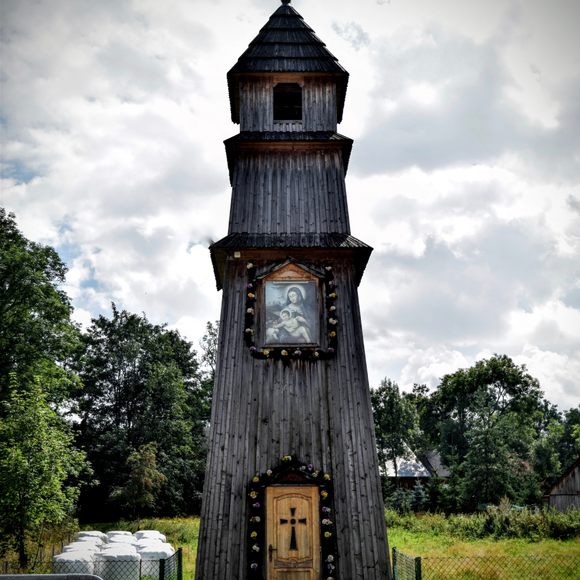



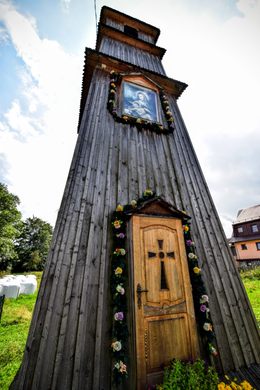


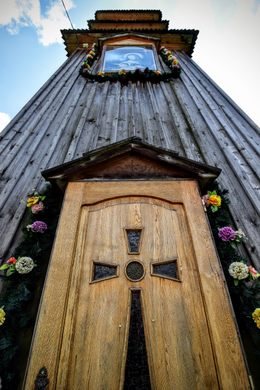



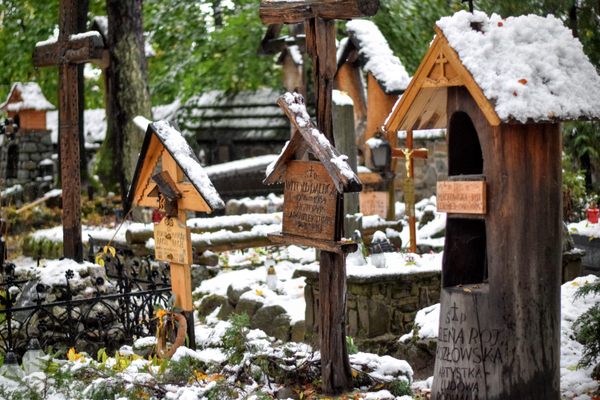

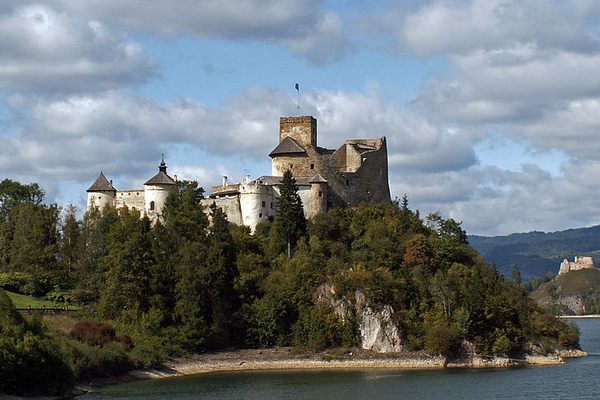

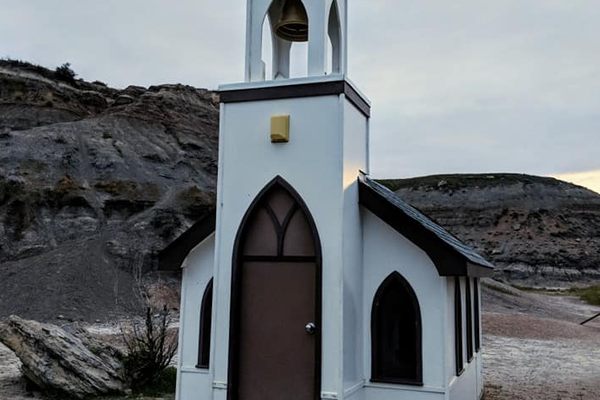
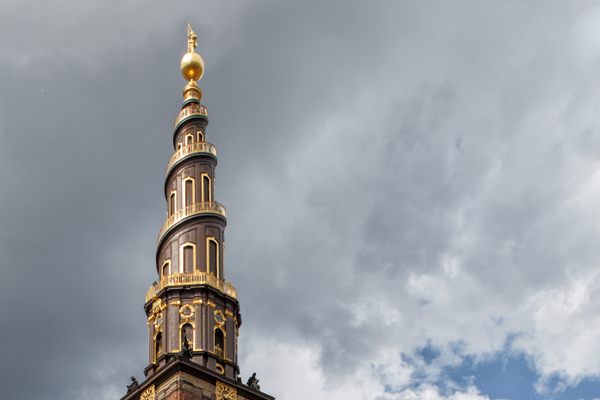

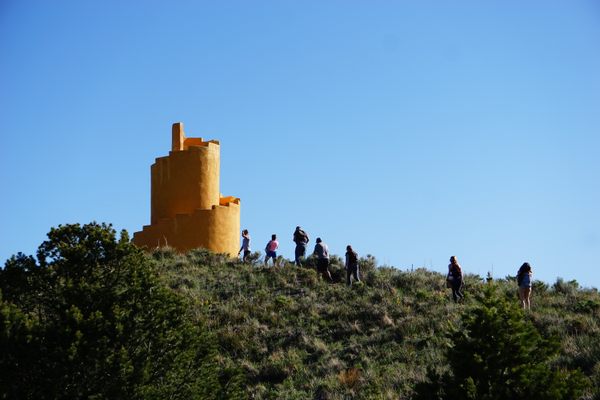

Follow us on Twitter to get the latest on the world's hidden wonders.
Like us on Facebook to get the latest on the world's hidden wonders.
Follow us on Twitter Like us on Facebook